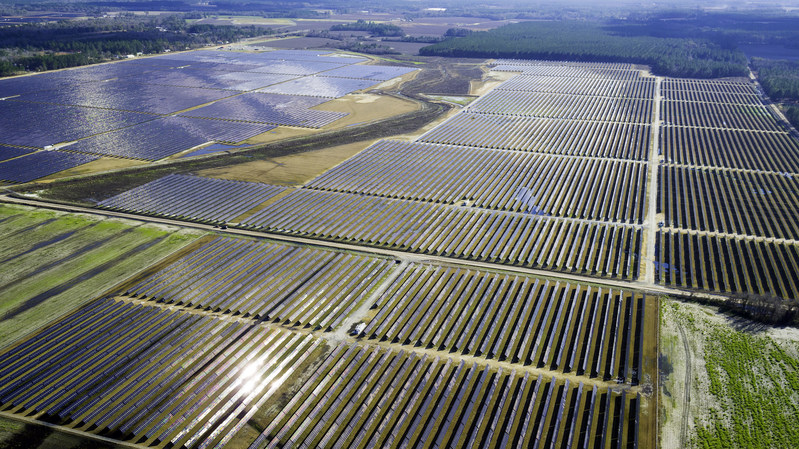
When the Sun is blazing and the wind is blowing, Germany’s solar and wind power plants swing into high gear. For nine days in July 2023, renewables produced more than 70 percent of the electricity generated in the country; there are times when wind turbines even need to be turned off to avoid overloading the grid.
But on other days, clouds mute solar energy down to a flicker and wind turbines languish. For nearly a week in January 2023, renewable energy generation fell to less than 30 percent of the nation’s total, and gas-, oil- and coal-powered plants revved up to pick up the slack.
Germans call these periods Dunkelflauten, meaning “dark doldrums,” and they can last for a week or longer. They’re a major concern for doldrum-afflicted places like Germany and parts of the United States as nations increasingly push renewable-energy development. Solar and wind combined contribute 40 percent of overall energy generation in Germany and 15 percent in the US and, as of December 2024, both countries have goals of becoming 100 percent clean-energy-powered by 2035.
The challenge: how to avoid blackouts without turning to dependable but planet-warming fossil fuels.
Solving the variability problem of solar and wind energy requires reimagining how to power our world, moving from a grid where fossil fuel plants are turned on and off in step with energy needs to one that converts fluctuating energy sources into a continuous power supply. The solution lies, of course, in storing energy when it’s abundant so it’s available for use during lean times.
But the increasingly popular electricity-storage devices today—lithium-ion batteries—are only cost-effective in bridging daily fluctuations in sun and wind, not multiday doldrums. And a decades-old method that stores electricity by pumping water uphill and recouping the energy when it flows back down through a turbine generator typically works only in mountainous terrain. The more solar and wind plants the world installs to wean grids off fossil fuels, the more urgently it needs mature, cost-effective technologies that can cover many locations and store energy for at least eight hours and up to weeks at a time.




















+ There are no comments
Add yours